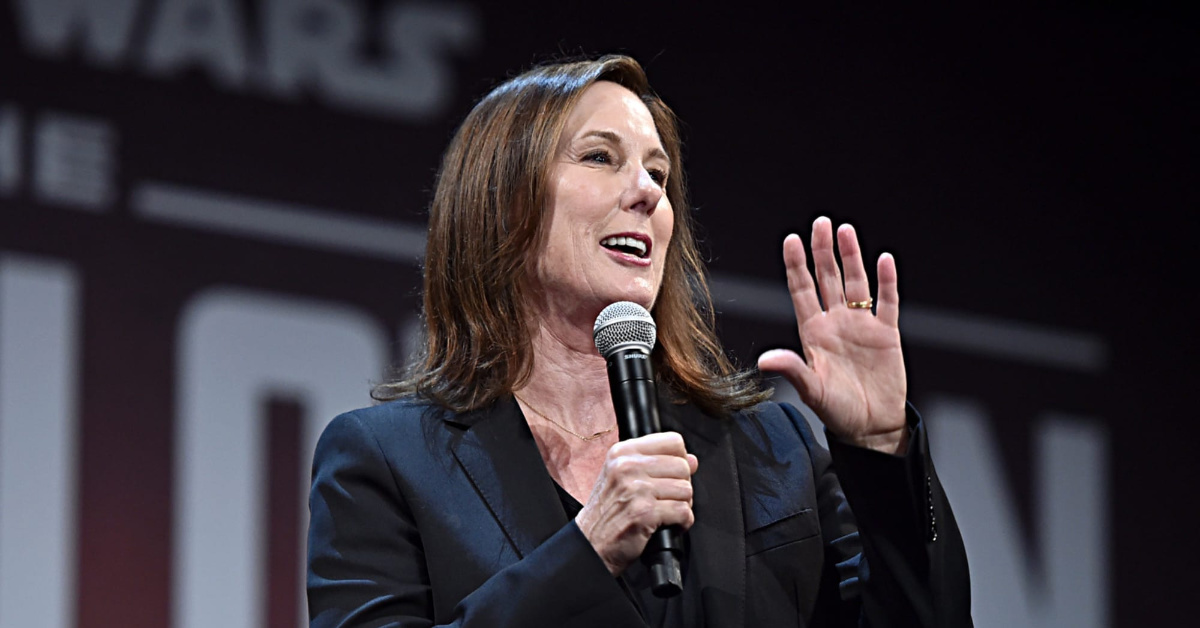Key Takeaways:
- Goldman’s Japan economist, Tomohiro Ota, highlights stronger-than-expected salary gains during the annual “shunto” wages negotiations as a key factor influencing BOJ’s monetary policy decisions.
- Reports suggest a potential exit from negative interest rates at the BOJ’s March meeting, contributing to speculation about policy changes.
- While a majority of economists anticipate a rate hike by the BOJ in April, there’s been a recent shift in forecasts, with more economists now expecting a hike in March.
- The expectation of more robust salary negotiations this year has driven some economists to revise their forecasts forward.
- Goldman Sachs predicts the BOJ may go beyond raising rates and abolish its yield curve control mechanism, which involves targeting longer-term interest rates through bond purchases and sales.
Goldman Sachs has revised its forecast for the Bank of Japan’s (BOJ) monetary policy decision, now anticipating a historic interest rate hike at the BOJ’s March meeting, marking the first such move in 17 years. The decision to bring forward its previous forecast for an interest rate increase from April to March is based on several key factors, according to the bank’s senior Japan economist, Tomohiro Ota.
Ota pointed to stronger-than-expected salary gains observed during Japan’s annual “shunto” wages negotiations, a critical indicator of the country’s economic health. Additionally, Japanese news reports have suggested the possibility of an exit from negative interest rates at the BOJ’s March meeting, further contributing to the speculation surrounding the central bank’s policy decisions. Ota noted that the BOJ has not refuted these reports, leading to increased anticipation of a policy shift.
The combination of these developments has led Goldman Sachs to conclude that the BOJ may no longer require additional data to justify a policy change or wait until the quarterly Economic Outlook report in April. While a majority of economists still anticipate a rate hike in April, an increasing number have adjusted their forecasts to expect the move in March, driven by indications of more robust salary negotiations.
In line with this outlook, Ota predicts that the BOJ will abolish its yield curve control policy, which involves targeting longer-term interest rates through bond purchases and sales. However, he anticipates that the central bank will refrain from explicitly committing to the size of its Japanese government bond purchases or the cessation of its ETF purchases. This cautious approach reflects the uncertainty surrounding the precise details of the BOJ’s policy adjustments and their potential implications for Japan’s financial markets and economy.
In addition to the anticipated changes to its yield curve control policy, Goldman Sachs’ Tomohiro Ota suggested that the Bank of Japan (BOJ) may also abolish its overshooting commitment, which involves a commitment to increasing the monetary base. This adjustment reflects a broader reassessment of the BOJ’s monetary policy framework, signaling a potential shift away from previous strategies aimed at stimulating economic growth.
While the BOJ has made adjustments to its yield curve control policy over the past 16 months, targeting longer-term interest rates, it has maintained a negative interest rate of -0.1% and set an upper limit for 10-year Japanese government bond yields at 1%. These measures serve as key reference points for the central bank’s monetary policy decisions, influencing borrowing costs and overall financial market conditions in Japan.
BOJ Governor Kazuo Ueda and the other eight board members convene eight times a year to review monetary policy. However, the central bank updates its economic outlook only four times annually, typically in January, April, July, and October. These updates provide insights into the BOJ’s assessment of economic conditions and its policy stance, guiding market expectations and investor sentiment.
The Bank of Japan (BOJ) has emphasized the importance of this year’s wage negotiations in driving sustainable price increases, aiming for a virtuous spiral where higher wages stimulate domestic demand and subsequently lead to inflation. BOJ Governor Kazuo Ueda has underscored the significance of wage growth in fostering a positive economic cycle conducive to achieving the central bank’s inflation target.
According to the latest data from Japan’s largest trade union federation, Rengo, workers at major firms are expected to receive significant salary increases, with a weighted average of 5.28% in fiscal year 2024. Similarly, employees at smaller firms can anticipate pay hikes averaging 4.42%, while base pay for Rengo members is projected to rise by an average of 3.7%. These wage gains represent the sharpest spikes in three decades and surpass the increases seen in the previous year.
Despite sustained levels of “core core inflation” exceeding the BOJ’s 2% target for over a year, the central bank has maintained its ultra-loose monetary policy stance established in 2016. However, recent developments suggest a potential shift in the BOJ’s approach, particularly if it decides to abolish the negative interest rate policy, which would signal a significant departure from its longstanding monetary policy framework.
Such a move would mark a notable transition in Japan’s monetary policy trajectory, signaling the beginning of the end of decades-long experimentation aimed at combating deflation and revitalizing the economy. As the BOJ navigates this pivotal juncture, the outcome of its upcoming policy decisions will shape the trajectory of Japan’s economic recovery and inflation dynamics in the years to come.


















































































